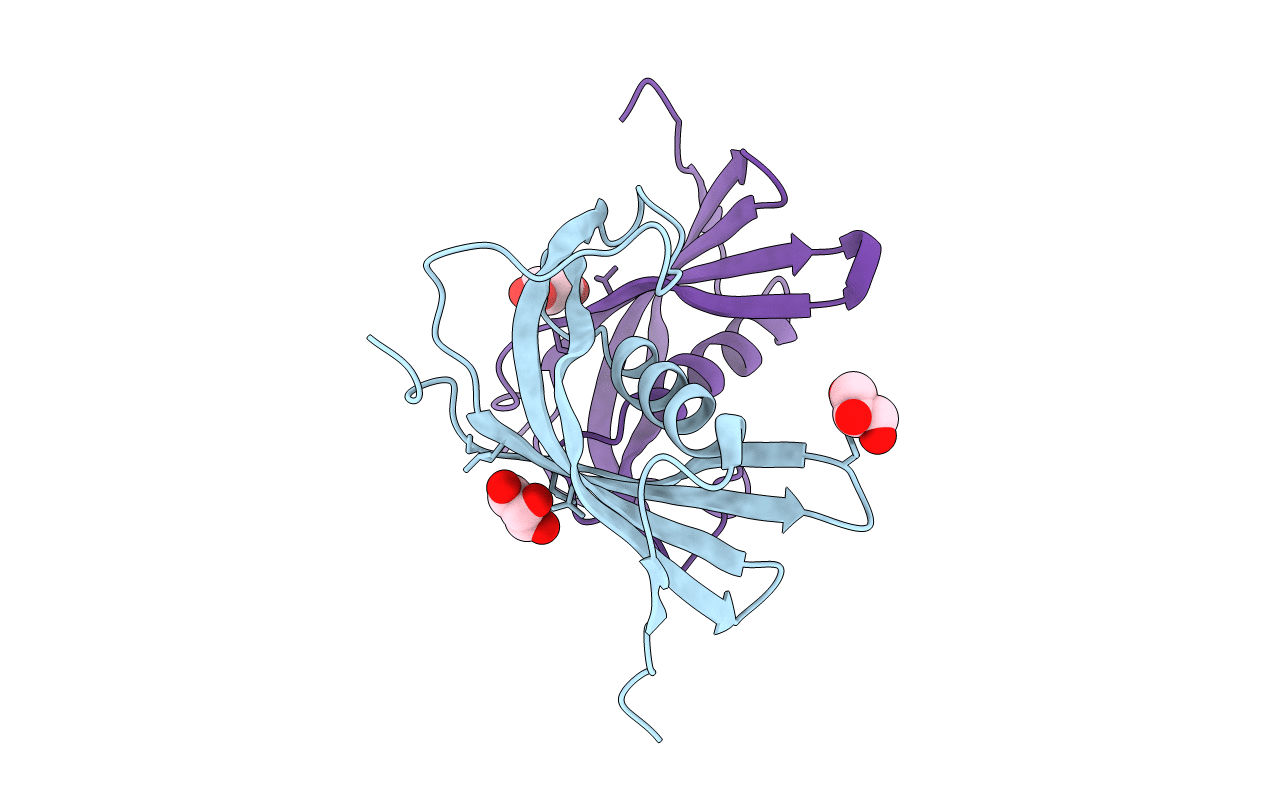
Deposition Date
2017-05-26
Release Date
2018-06-13
Last Version Date
2024-11-13
Entry Detail
PDB ID:
5O46
Keywords:
Title:
Crystal structure of Iristatin, a secreted salivary cystatin from the hard tick Ixodes ricinus
Biological Source:
Source Organism:
Ixodes ricinus (Taxon ID: 34613)
Host Organism:
Method Details:
Experimental Method:
Resolution:
1.76 Å
R-Value Free:
0.25
R-Value Work:
0.19
R-Value Observed:
0.19
Space Group:
P 21 21 21


